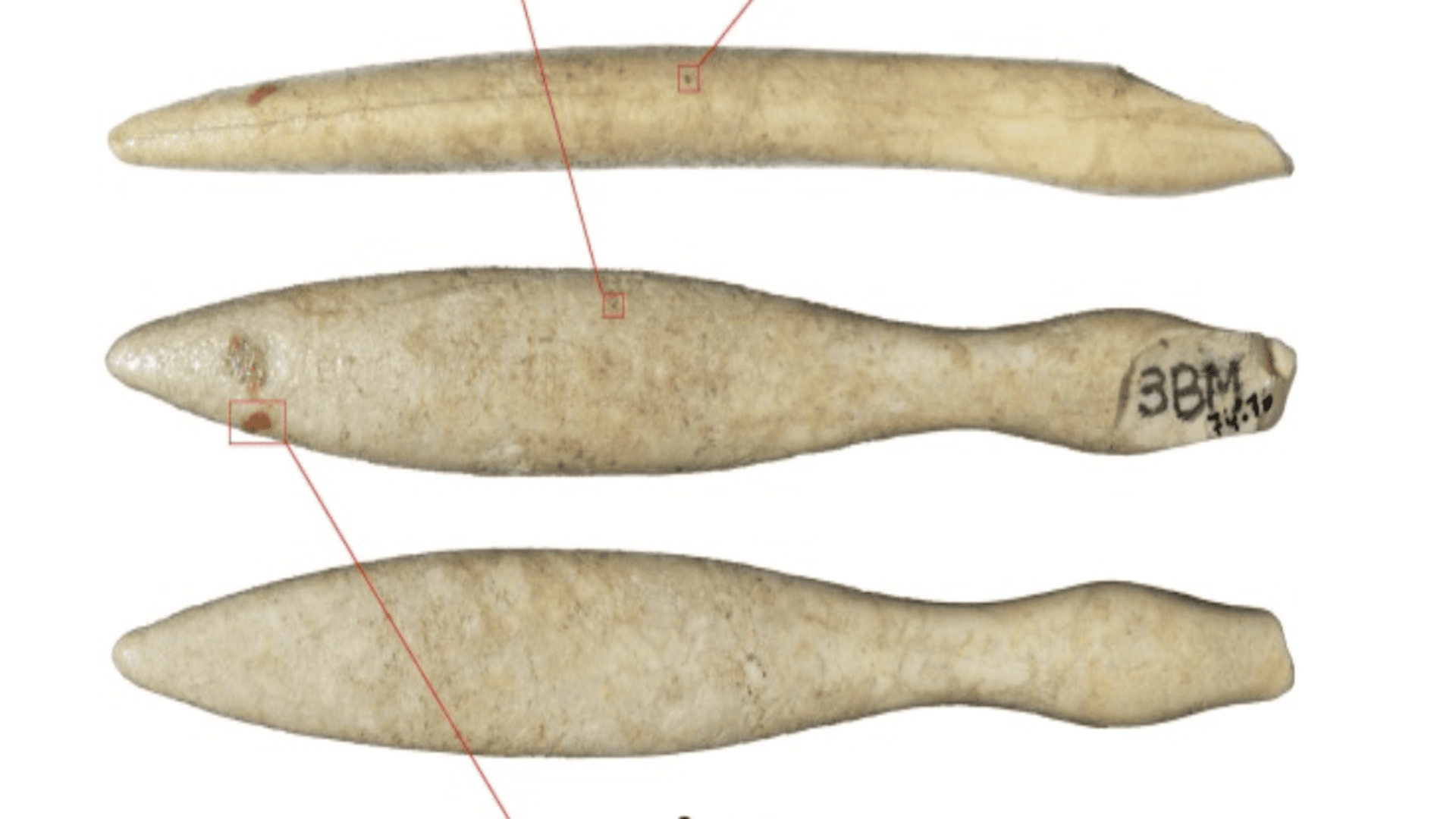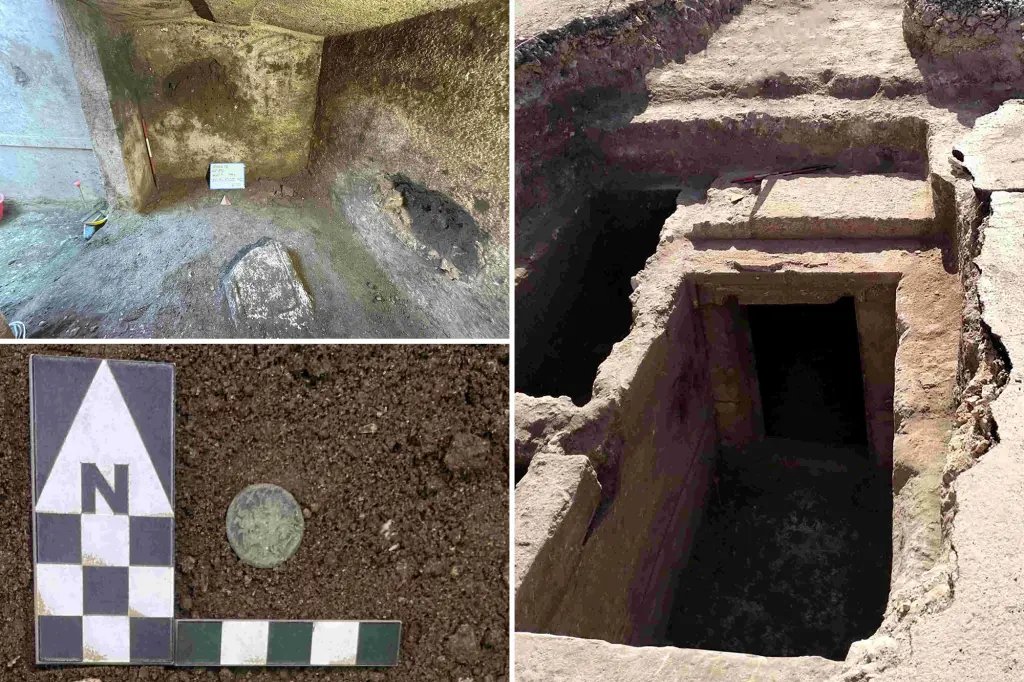
Researchers at the University of Barcelona have identified the oldest-known piece made of hippopotamus ivory in the Iberian Peninsula.
Found at the Bòbila Madurell site near Barcelona, one of Europe’s most significant prehistoric settlements, the object carved out of hippopotamus ivory dates to the second quarter of the third millennium BC.
The study, published in the Journal of Archaeological Science: Reports, re-examined the museum artifact using advanced techniques to glean clues about its function. What they discovered, however, turned out to be much more revealing than they had anticipated.
The hippopotamus ivory did not originate locally, so it would have traveled an impressive distance to get to Spain, likely originating from the Nile Valley or Africa, as per Phys.org. Alongside other exotic materials like Baltic amber and imported flint, this object reveals the extensive reach of prehistoric trade networks across the western Mediterranean.
Special hippo ivory
As the Bòbila Madurell artifact was housed in the Museu d’Història de Sabadell, researchers at the Prehistoric Studies and Research Seminar (SERP) of the University of Barcelona had decided to reexamine the rare and precious artifact carved, remarkably, from hippopotamus ivory.
Using a combination of Fourier transform infrared spectrometry (FTIR), microscopic analysis, and traceology, researchers identified that the object was carved from the first lower incisor of a hippopotamus. It measures just over 4 inches long and 1/2 inch wide.
However, the object isn’t a new discovery. It was first documented in 1977. Archaeologists back then found it in a semi-subterranean dwelling in Bòbila Madurell near Barcelona.
Spanning approximately 28 hectares, the Neolithic and Copper Age settlement is one of Europe’s most iconic sites. The Véraza occupied this territory, a culture with an extensive reach from southern France to northeastern Iberia between 3600 and 2100 BCE.
As the ivory object even resembles a tool, researchers discovered it along with ceramic spindle whorls, leading them to consider the possibility that it might have been a weaving tool or beater rather than a decorative or ritual object, According to Ancient Origins, However, they haven’t ruled out other possibilities.
A tool, figurine, or?
After carefully studying its wear patterns and red pigment residues as per Ancient Origins, researchers concluded that whoever did shape the object put considerable time and effort into it, even going so far as to polish it, suggesting that it held value. The traces of red pigment found on the object were composed of iron oxyhydroxides mixed with animal fat or blood.
Though researchers hypothesize ritualistic use, the location where it was discovered might point to its use as a tool in textile production. The red stains might have been an organic binder, according to Phys.org.
The material of hippopotamus ivory continues to confound researchers as a precious and rare resource for the region, opening up another, if not more revealing, window onto the prehistoric past.
“The finding opens the door to consider possible long-distance exchange networks and to consider the role of this and other exotic materials in the growing social complexity of the Iberian Peninsula during the Chalcolithic, also known as the Copper Age,” as per Phys.org.
An ancient, global world
The presence of hippopotamus ivory in Iberia suggests that trade networks extended far beyond the western Mediterranean. African and Asian elephant ivory reached southern Iberia through North African routes, but hippopotamus ivory was rarer and may have traveled along the northern Mediterranean maritime network, as per the study.
According to Phys.org, the discovery challenges previous assumptions about the reach of Copper Age trade and offers a new lens through which to study prehistoric Iberian society. The study demonstrates the value of reexamining museum collections with the most advanced technology available today, as this artifact even reveals an ancient globalized world.
Ancient Origins, to conclude, points to the need for further research to glean deeper insights into the trade routes and interactions that occurred between prehistoric cultures across the region. So the Bòbila Madurell artifact stands as tangible proof of the connectivity, technological sophistication, and cultural complexity of Chalcolithic communities in northeastern Iberia.
Read the study in Journal of Archaeological Science: Reports.



